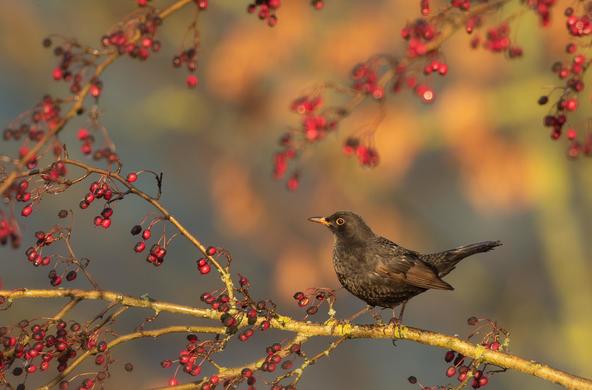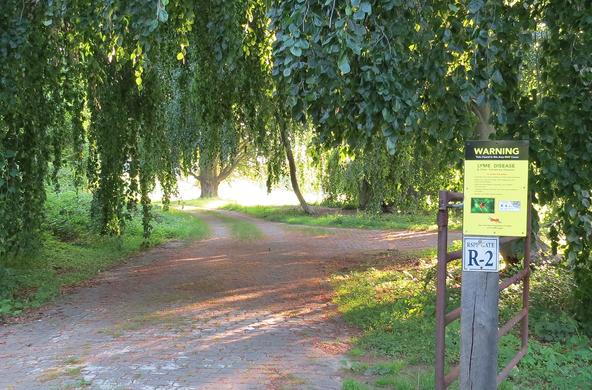While bloodsucking ticks can lay waste to a moose and infect humans with devastating diseases, the tiny parasites and the bacteria they carry have no apparent effect on one wee woodland creature: the white-footed mouse.That conclusion in this month's journal Ecology underscores why the mouse is such an effective transmitter of tick-borne afflictions such as Lyme disease, which affects about 30,000 people a year, according to the Centers for Disease Control and Prevention.
The study, led by Sarah Lawrence University biologist Michelle Hersh, portrayed the mice as super hosts, amazingly hospitable to the black-legged tick, or deer tick, that carries the disease. Mice with hundreds of ticks survived just as well as those with only a few.
Researchers who have reviewed the findings say they highlight the resiliency of a creature that's notably hard to control and raises questions for future study that might someday lead to insights into why the mice are such effective survivors.
"They basically thumb their noses at ticks, no matter how many are on them," said study co-author Richard Ostfeld. "There is something about these mice that makes them incredibly permissive to infection by the pathogens that make us sick, and also to the ticks that bite them and us."
Ostfeld has been studying mice and ticks for 17 years at the Cary Institute in the mid-Hudson Valley, a region with the nation's highest rate of Lyme disease. He has accumulated data on more than 40,000 mice. The new study examined that data to look for factors that might control the mouse population.
"Before this study I expected that heavy tick infestation itself might regulate mouse populations," Ostfeld said. "Ticks would be our ally in a sense. But that is definitely not happening. The ticks are simply not having any negative effect on the mice."
Contrast that with what has happened to moose. A population explosion of winter ticks has been linked to die-offs or wasting away of thousands of moose in New Hampshire, Minnesota, Montana and Wyoming.
Vanessa Ezenwa, a University of Georgia professor and expert in the ecology of infectious diseases, said the new study leads to important questions about how the mice withstand stresses other animals can't.
"These animals are quite resilient to a lot of things. These are the ones that are always left," she said of how the mice remain after ecological changes eliminate other populations.
That, Ezenwa said, makes controlling the mice and the diseases they spread a daunting challenge.
And, she said, "This study nicely shows that the parasites aren't helping."
The most significant environmental factor known to affect white-footed mouse populations is forest fragmentation caused by development. That has led to the likelihood there are fewer predators like coyotes, foxes and owls, and less competition from other small mammals that prefer larger tracts of forest, Ostfeld said.
In previous research funded by the National Science Foundation, Ostfeld and biologist Felicia Keesing of Bard College found that forest patches smaller than 3 acres had an average of 3 times as many ticks as larger forest patches. As many as 80 percent of the ticks in the smallest patches were infected with Lyme, the highest rate seen.
The researchers said the results suggest that community planners should avoid creating forest fragments smaller than 5 acres to help foster a healthy population of predators to reduce the risk of Lyme disease, especially in the Northeast.
Lyme disease, which causes joint aches, fatigue, fever, arthritis and neurological problems, is most prevalent in the Northeast and Upper Midwest. The ticks are also linked to the spread of malaria-like babesiosis and anaplasmosis, and the often-deadly Powassan encephalitis.
On the horizon in the fight against Lyme disease is a mouse vaccine administered in bait. Ostfeld and colleagues published a paper on a field study of an oral bait vaccine that produced a 70 percent reduction in the infection rate of ticks after four years of treatment.
"I don't see it as the silver bullet, but in combination with other methods, it could help," he said.






